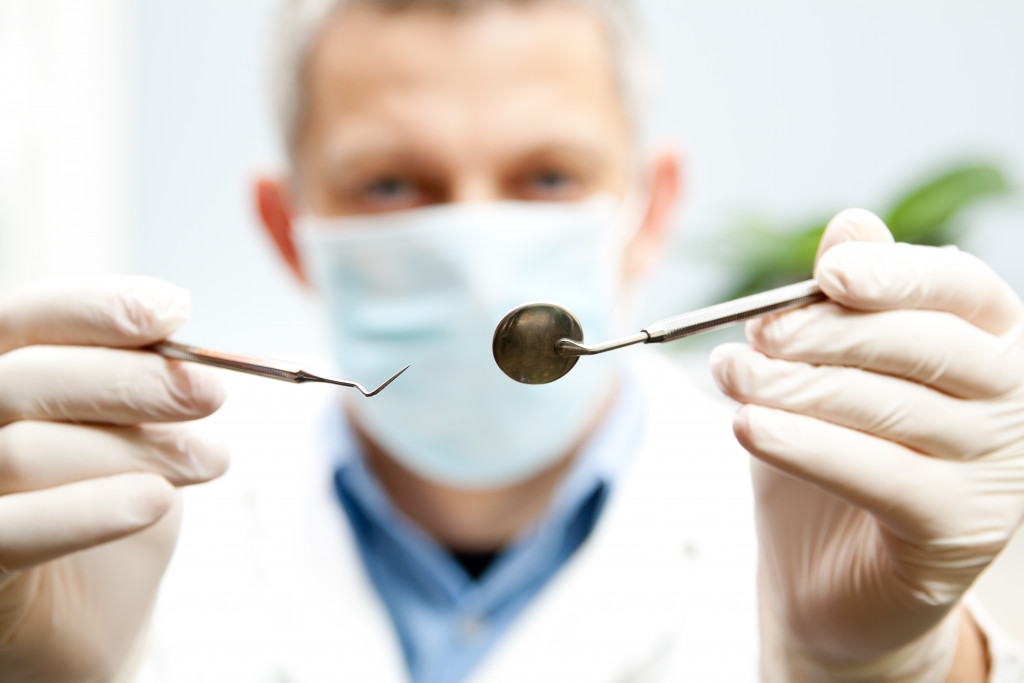- Advanced technology has improved dental care by making diagnoses and treatments more precise and comfortable for patients.
- Modern dental techniques include digital imaging, CAD/CAM technology, and 3D printing for customized dental restorations.
- Minimally invasive dentistry, using dental implants, air abrasion, and lasers, aims to retain healthy tooth tissue.
- Improved anesthesia and sedation methods make dental procedures less painful and reduce patient anxiety.
If you haven’t been to the dentist in a while, you’d be surprised to know how much the dental care industry has changed in the past few years. Advanced technology is transforming dental procedures, making dental care faster and more accurate than ever before. This blog will explore some of the latest technology and techniques in dental care that are making dental procedures safer, more effective, and more comfortable for patients.
Imaging & Design:
The digital revolution has changed the way dentists diagnose and treat dental issues. With access to advanced imaging technology, dentists can get a clear picture of what’s going on inside the patient’s mouth. This allows for more precise diagnosis and treatment planning. Here are some examples:
Digital Imaging:
One of the significant advances in dentistry is digital imaging, which provides a more detailed view of the teeth and surrounding tissues than traditional X-rays. Digital imaging systems use less radiation while producing high-quality images that dental professionals use to diagnose problems like tooth decay, gum disease, and oral cancer. Digital imaging also enables dentists to plan treatments more accurately, meaning patients can expect more effective and comfortable treatments.
CAD/CAM Technology:
Another significant advance in dental technology is computer-aided design and computer-aided manufacturing (CAD/CAM) systems. These systems use digital scanning tools to capture the shape and size of teeth and other oral structures, which are then used to design and create custom dental restorations such as crowns, bridges, and veneers. CAD/CAM technology eliminates the need for traditional impressions that can be uncomfortable for patients, leading to precise and comfortable dental restorations.
3D Printing:
3D printing has also revolutionized the dental industry by allowing dental professionals to print dental restorations like crowns, bridges, and dentures. 3D printers can create detailed three-dimensional models of the teeth and surrounding tissues used for planning and customizing dental procedures. 3D printing has made dental restorations affordable and accessible by reducing the time needed for traditional dental procedures and making them more precise.

Minimally Invasive Dentistry:
Dental professionals now focus on minimally invasive dentistry that aims to preserve as much healthy tooth tissue as possible. Minimally invasive dentistry uses advanced technology to detect and diagnose dental problems as early as possible and focuses on preventive care to reduce the need for invasive treatments. The techniques used in minimally invasive dentistry include the following:
Dental Implants:
Dental implants have become an increasingly popular solution for missing teeth. There are durable tooth implants that are designed to simulate the natural root, providing a solid foundation for fixed or removable replacement teeth. Advanced technologies such as 3D printing and CAD/CAM are used to ensure that each implant is a perfect fit. The critical advantage of dental implants is their durability, which can last a lifetime with proper care.
Air Abrasion:
Air abrasion is a drill-less technique for removing tooth decay and other applications. In this process, a fine stream of particles is aimed at the decayed part of the tooth, which is then removed by the spray of particles. This precise technique allows dentists to remove decay while leaving healthy tooth material untouched. It’s a quiet and potentially more comfortable alternative to the traditional dental drill.
Lasers:
Lasers in dentistry can be an effective tool for a variety of dental procedures. Lasers can be used to reshape gums, remove overgrown tissue, or whiten teeth. Additionally, lasers may cause less pain in some instances, reducing the need for anesthesia. In addition, lasers have the ability to reduce bleeding and swelling during soft tissue treatments, as well as preserve more healthy teeth when removing cavities. The application of lasers in dental procedures not only improves patient comfort but also facilitates faster recovery.

Anesthesia and Sedation:
Gone are the days when dental treatments were painful and uncomfortable. Advances in anesthesia and sedation have made dental procedures more comfortable and less stressful for patients.
Local anesthesia, IV sedation, and nitrous oxide are some of the pain control techniques that dental professionals use to manage pain and anxiety during procedures. These techniques can also be used to manage dental phobia, giving patients the confidence they need to undergo dental treatments.
In some cases, dentists may also recommend general anesthesia, which puts the patient in a deep sleep during the procedure. General anesthesia is used for complicated surgical procedures like wisdom tooth extractions and root canals. Patients experience very little pain or discomfort with general anesthesia while undergoing treatment.
Whether it’s digital imaging, CAD/CAM technology, 3D printing, minimally invasive dentistry, or advanced anesthesia and sedation techniques, the latest technology and techniques in dental care are making it more accessible, safer, and more comfortable to undergo dental procedures. If you’re due for a dental check-up or need to undergo a dental process, it’s reassuring to know that dental professionals are using the latest technologies to make dental care more effective and less traumatic. So next time you visit your dentist, don’t hesitate to ask about the latest dental technology and techniques that can benefit you.

